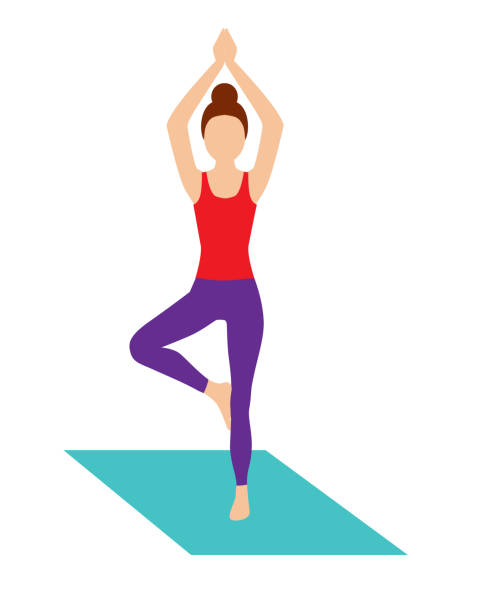
Vrikshasana or the Tree Pose is so called because the final position of this asana resembles the shape of a tree. This is derived from two words ‘vriksha’, which means tree in Sanskrit, and ‘asana’, which means posture. This ‘tree pose’ dates back to ancient mythology, and there are in fact references of it in the Ramayana. Lord Ravana stood in vrikshasana for penance, praying to Lord Shiva for a boon, and the posture has been considered powerful ever since. Since vrikshasana is primarily a balancing posture, it aids in improving balance – both physical and emotional. Just as a tree is able to balance while staying firmly rooted, the posture aims to keep your body and mind from wandering and stay balanced while being in the moment. You’ll find that your body is more centred from within, and it creates a sense of calm and equilibrium.
How to do Vrikshasana or the Tree Pose
- Starting from alert posture- Standing tall and straight with arms by the side of the body
- Focus on a point in the front which will help you to concentrate.
- Exhale, Move the right leg up and place the foot on the inner side of the left thigh – the heel should be touching the perineum
- Inhale, extend the arms up and join your palms together in namaskar mudra
- Maintain the final position of 3-10 breaths with body awareness
- Exhale, Bring the arms dow
- Release the right leg and bring it to the starting position
- Repeat on the other side (left leg) with the right leg off the ground
- Exhale, move the left leg up and place the foot on the inner side of the right thigh
Vrikshasana or Tree Pose Benefits:
- It strengthens the legs, arms, back, pelvic region and opens the hips
- It improves your neuromascular coordination
- It helps with balance, endurance and equilibrium
- It improves alertness and concentration
- It may help those who suffer from sciatica (nerve pain in the leg)
- Both physical and emotional balance can be maintained through vrikshasana.
Vrikshasana or Tree Pose Contraindications
Avoid doing this posture if you are suffering from
Migraine,
Insomnia,
low or high blood pressure (those with high blood pressure may do this pose but without raising their hands overhead, as this may further raise their blood pressure).
Best Yoga School in Rishikesh || Yoga Teacher Training in Rishikesh || 100 Hour Yoga Teacher Training in Rishikesh || 200 Hour Yoga Teacher Training in Rishikesh || 300 Hour Yoga Teacher Training in Rishikesh || 500 Hour Yoga Teacher Training in Rishikesh
Online Yoga Teacher Training || Yoga Teacher Training Online || Online Yoga Teacher Training Course
Recent Posts
- Yoga for Every Body: A Beginner’s Guide to Wellness
- An Expert’s Guide to Yoga Philosophy
- What is Yin Yoga? 10 Benefits of Yin Yoga
- The Subtle Energy centres of the human body
- Emotional Healing through Yin Yoga
- Philosophy of action – Karma Yoga
- Yoga for Adolescent Girls
- Pranayama- the Ashta Kumbhakas
- Key Muscles Used in Ashtanga Primary Series
- Spine Health And Yoga: Top 5 Yoga Poses for a Healthy Spine and Back
- Scorpion Pose for Strength and Flexibility: An Ultimate Guide for Mastering the Balancing Act
- Why Multi-Style Yoga Training is the Ultimate Choice for Aspiring Instructors
- How Yoga Science and Anatomy Enhance The Practice
- Yoga for digestive health
- Yoga for Seniors: Boosting Overall Health and Wellness in Later Life
- International yoga day: A Global Celebration of Yoga and Well-being
- Ashtanga Vinyasa Yoga vs. Hatha Yoga: A Comprehensive Comparison
- Sound Healing: The Therapeutic Power Of Vibrations For Wellness
- How to Become a Certified Yoga Instructor in Rishikesh
- Yoga Teacher Training
- Living Yoga Philosophy Daily
- The Impact of Yoga on Sleep Quality and Insomnia
- Corporate World in Yogic Way
- Yoga rooted in Harmony with Nature
- Yoga and Mindfulness: Cultivating Presence On and Off the Mat


